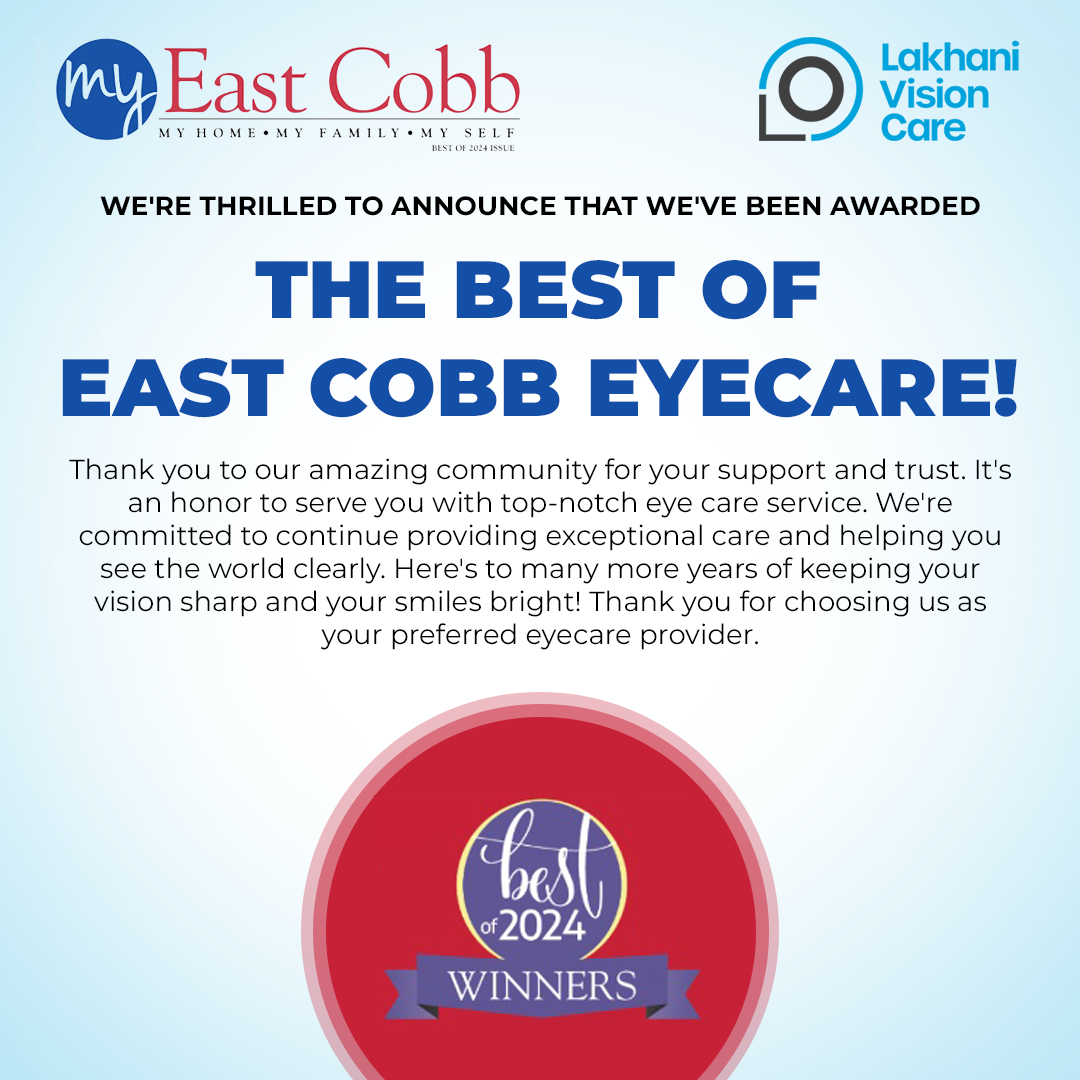
Good eyesight is essential for a child beginning life in school. You want your child to have the best experience in and outside the class. If a child has vision problems, they will have a harder time keeping up with peers and enjoying themselves.
Good eyesight ensures that a child develops their potential and the skills they will need for years to come. It is achieved in early childhood through physical, academic, and social development. Identifying whether a child has a vision problem can help them not miss out on this crucial part of growing up.
In-school Vision Screenings
It is a requirement that every child joining school should go through a vision screening. However, vision screenings have significant faults that make them less accurate. Your child may pass a vision screening test and still have a vision problem.
Vision screenings can detect simple issues like myopia and severe amblyopia. These issues are easy to diagnose, but other eye issues that need better examination may develop under the surface. Here are some issues with in-school vision screenings.
Poor Environment for Testing
Most school vision screenings are done in rooms not optimized for vision tests. Poor lighting in a testing room significantly affects the quality of the test results. Also, because they set up the room quickly, the charts may be too close or too far away. Additionally, other tests that require certain distances to conduct may be unstandardized.
The overall poor environment may cause alterations in the test results.
Inadequate Equipment
One of the main tools used in vision screenings is the Snellen vision chart which is 150 years old. It is helpful in testing for 20/20 vision and distance vision ability. It is inefficient in diagnosing near vision acuity needed for tasks like writing and reading.
Also, the Snellen chart cannot test for other necessary vision skills like eye teaming and tracking. These are essential skills a child should have for a successful time at school. The Snellen chart also cannot test for other ocular health issues that may be affecting a child.
Personnel Training
Those running the in-school vision screenings are usually not trained eye doctors. They could be school nurses or teachers who are volunteering for the activity. You need a trained visual professional to administer the exam. You also need a trained eye doctor to analyze results and determine if there is something to worry about.
Pediatric Eye Exams
Experts say that at least a quarter of all the children in American schools have vision problems. Often, volunteers will not detect these problems in an in-school vision screening. An optometrist will, however, be able to diagnose all vision problems that a child may have. It is because they have the right tools and the proper training.
An optometrist will test for all the following:
Lazy eye
3D vision
Convergence
Visual acuity
Eye turning
Eye-tracking
Color vision
Ocular health
Visual Skills
The optometrist will also test for visual skills, which may be missing despite your child’s eyes being healthy. Some of the issues that may affect visual skills are:
Difficulties focusing
Issues with visual processing
Insufficiency in convergence
Poor depth perception
For more information on the difference between pediatric eye exams vs. in-school vision screenings, contact Lakhani Vision Care at our office in Marietta, Georgia. Call (770) 509-9932 to book an appointment today.











